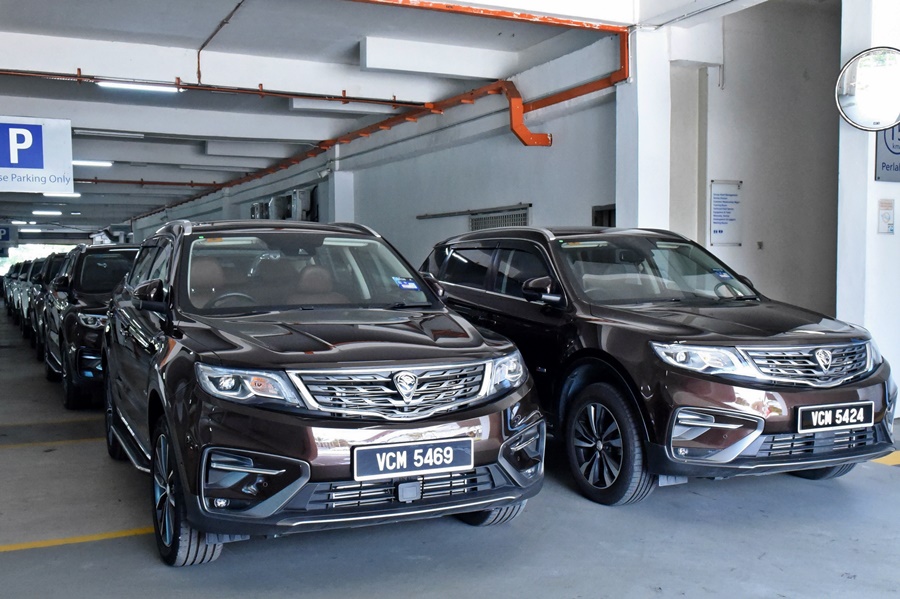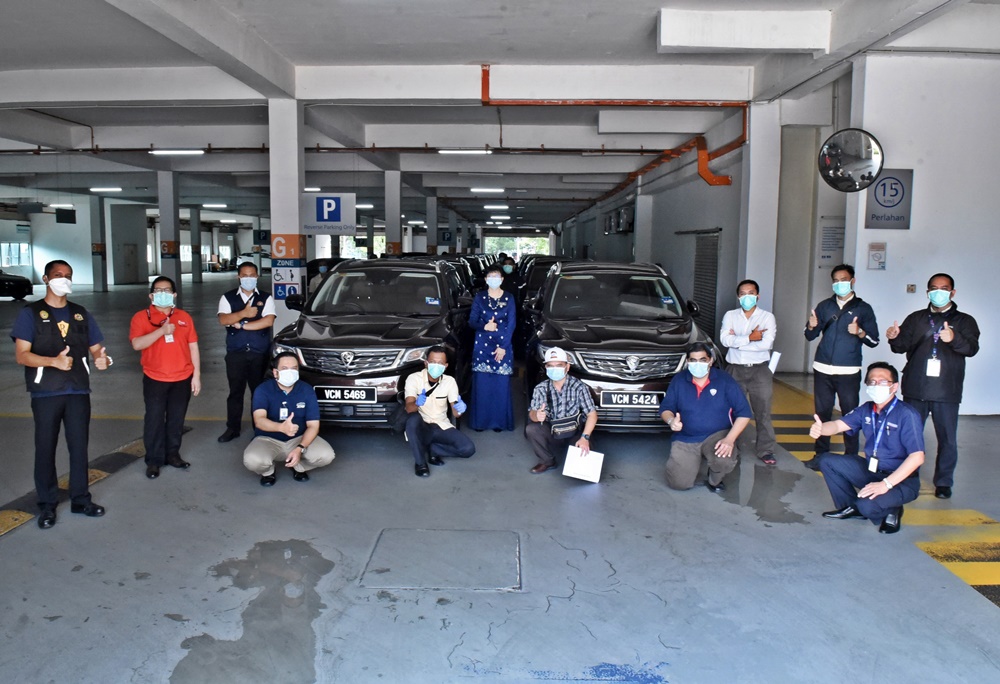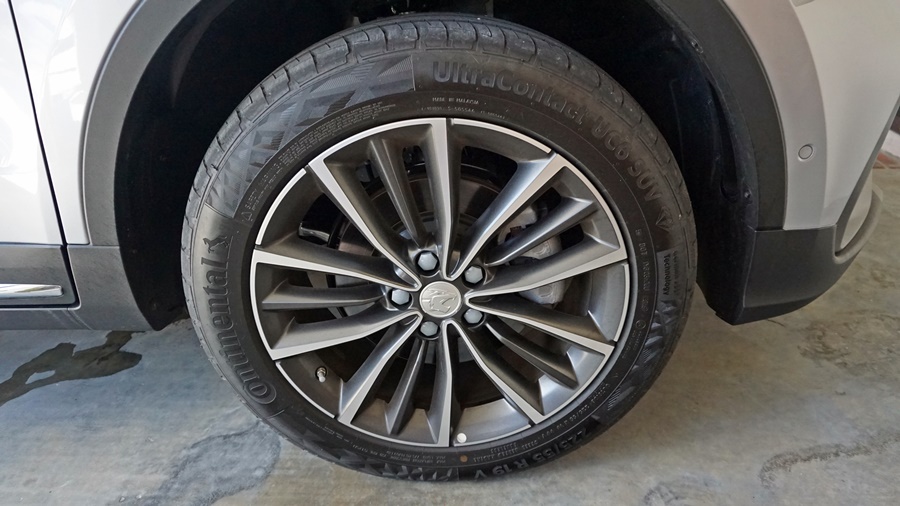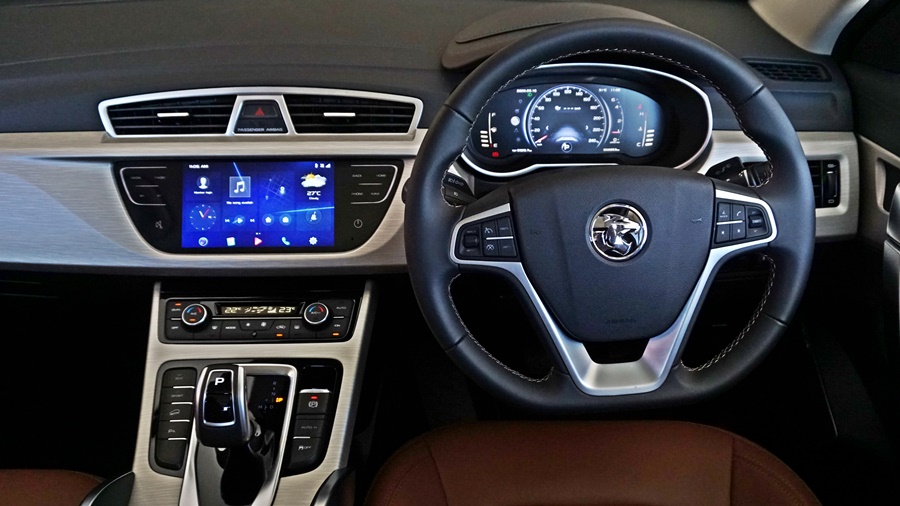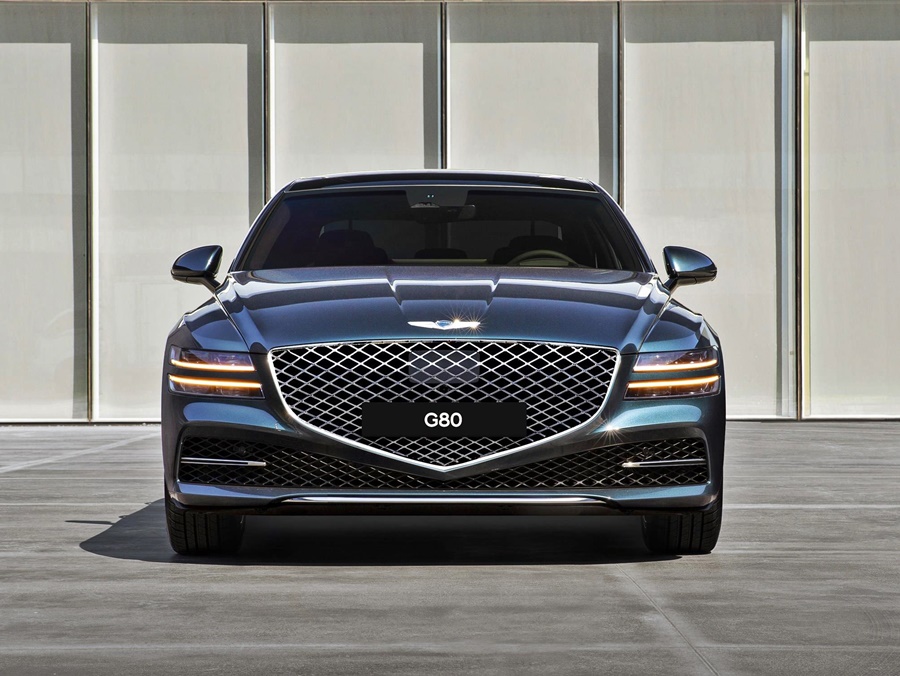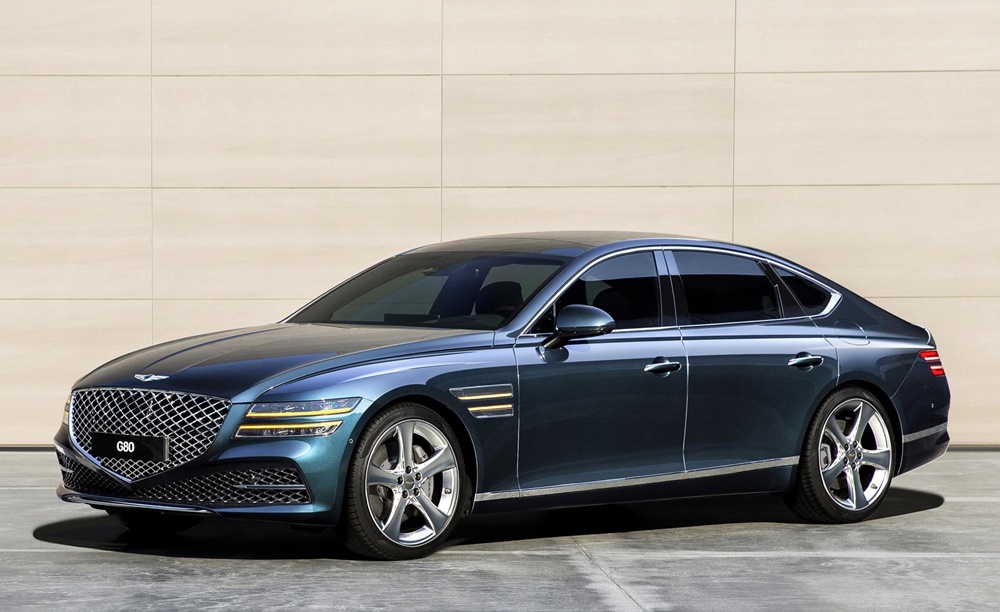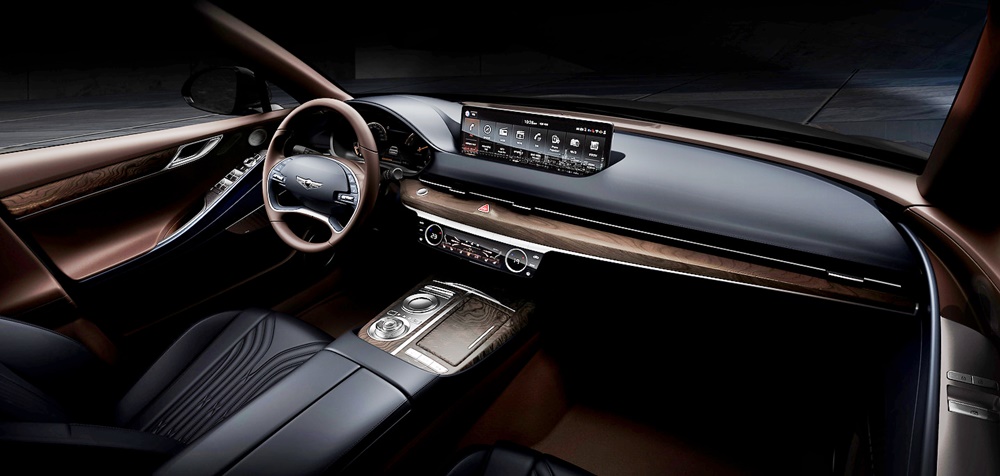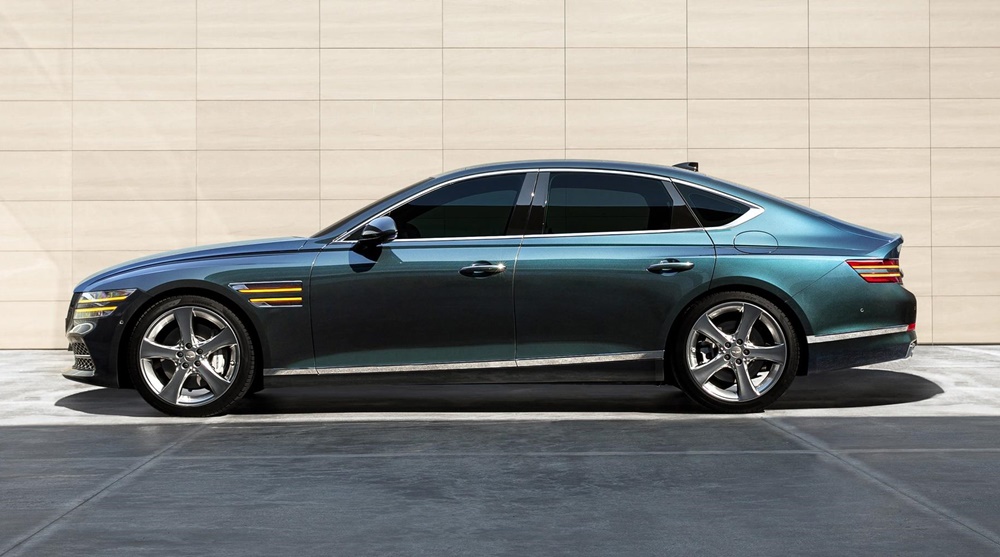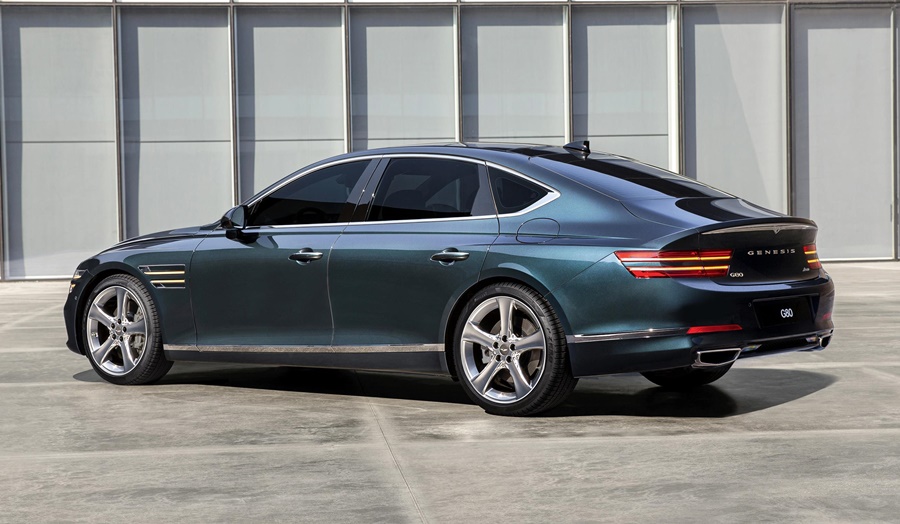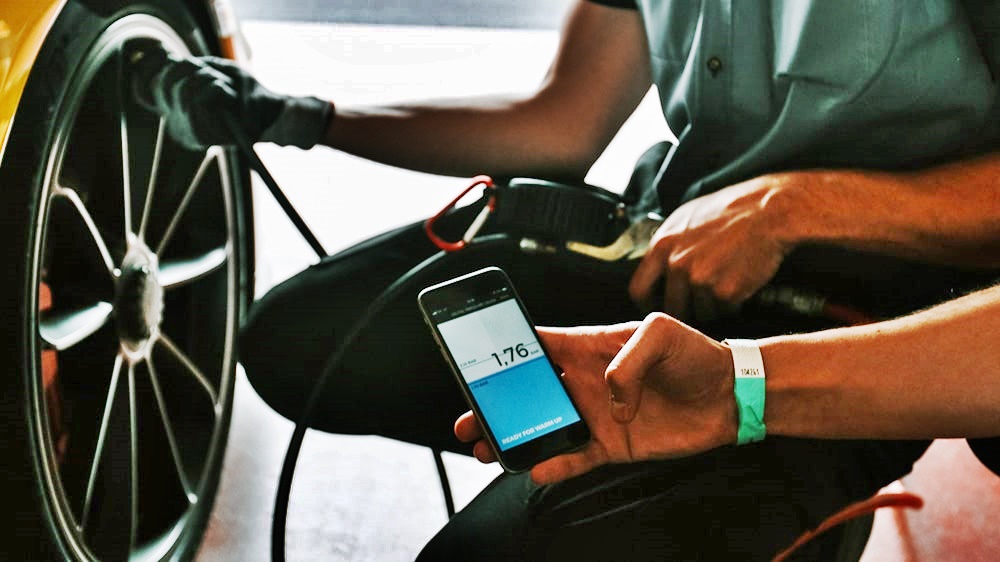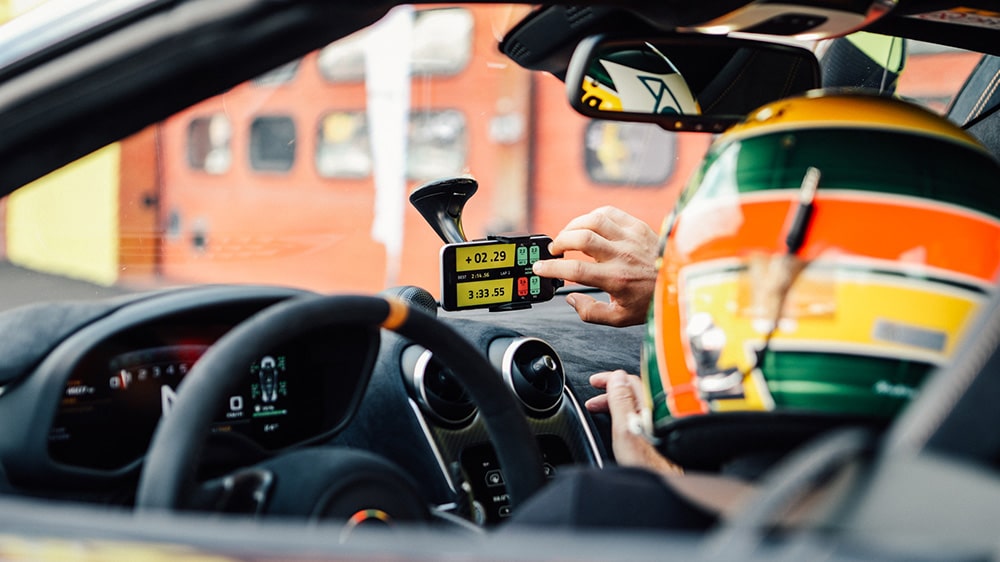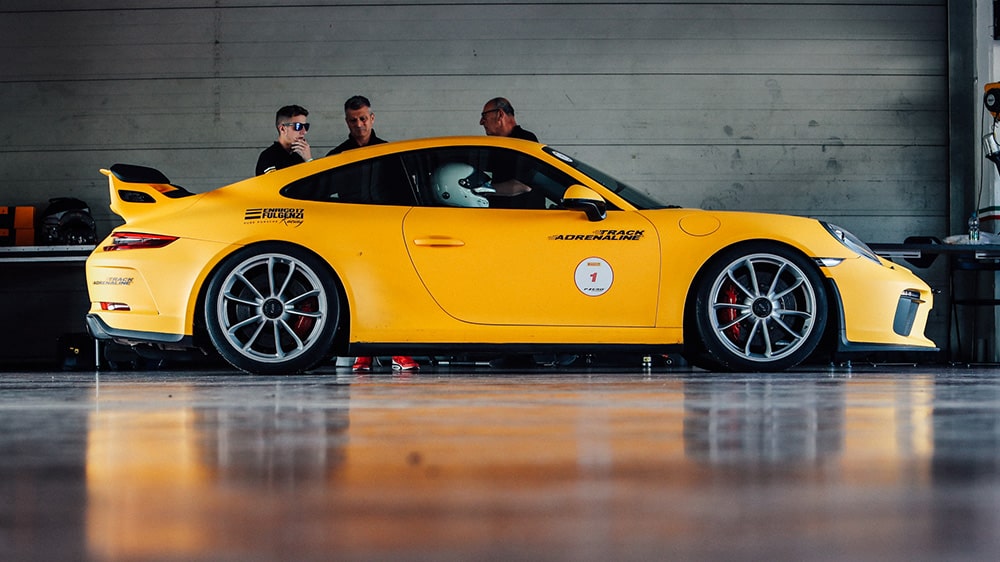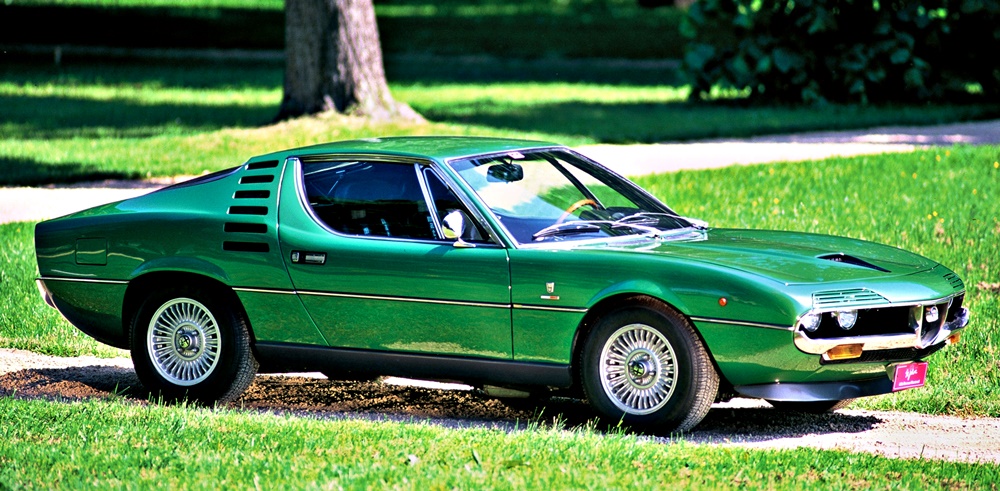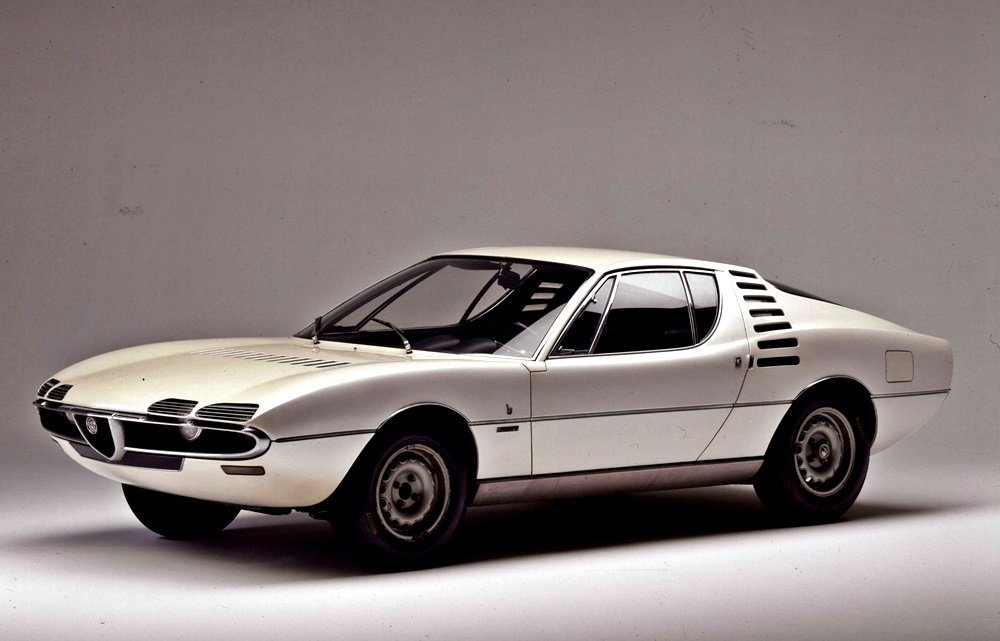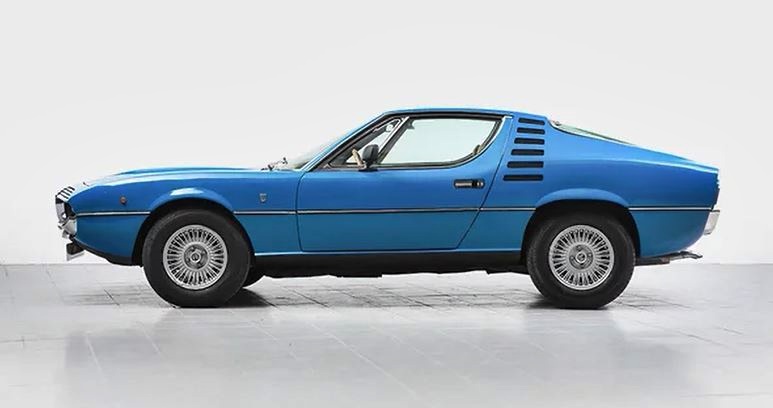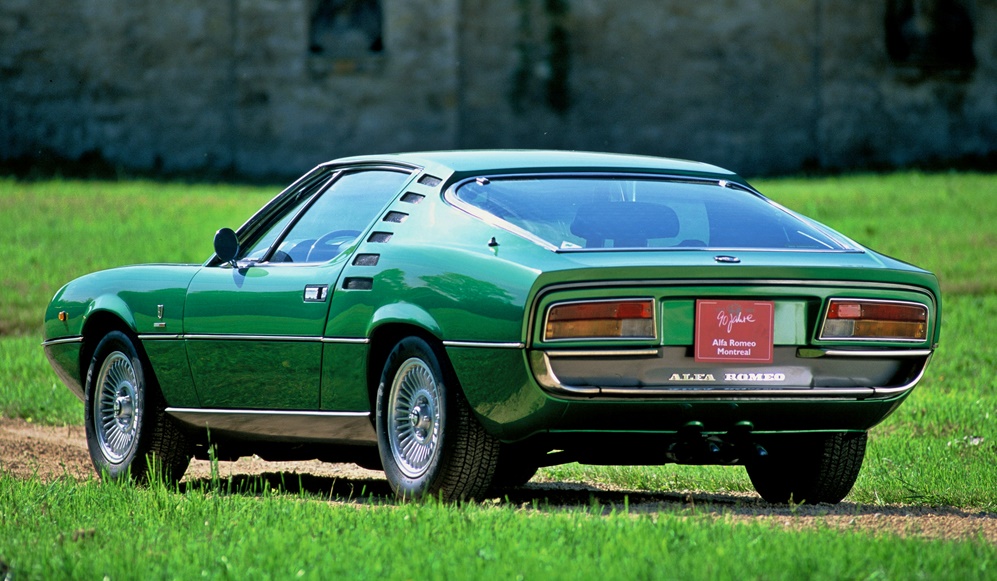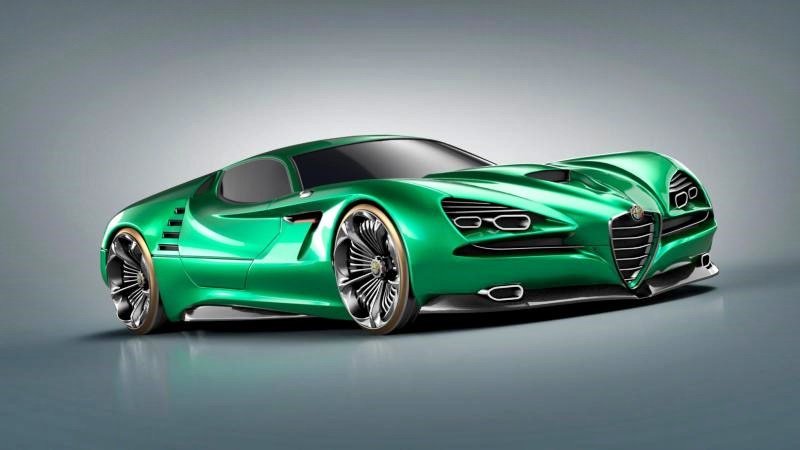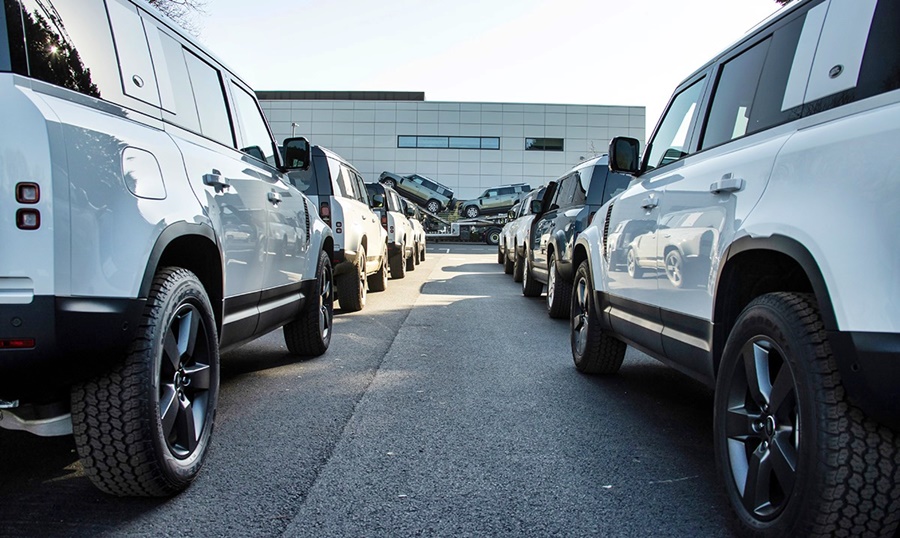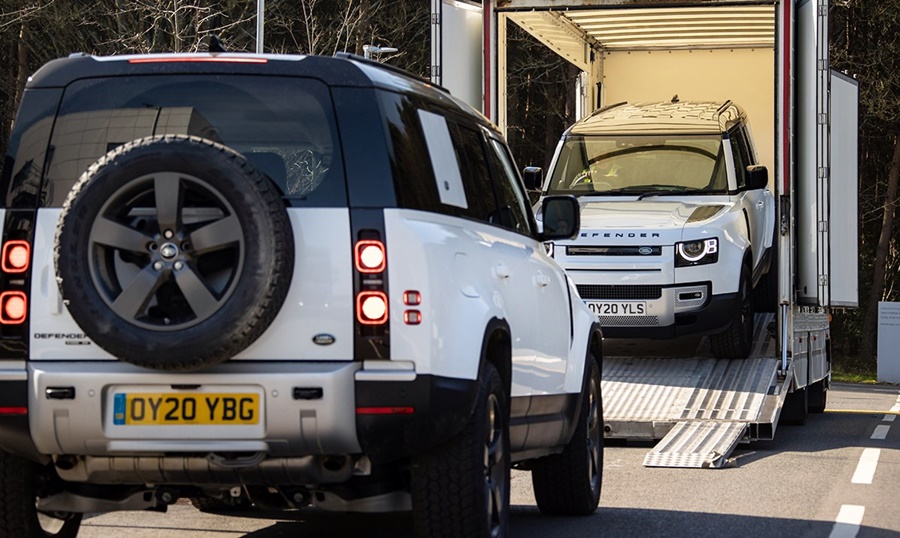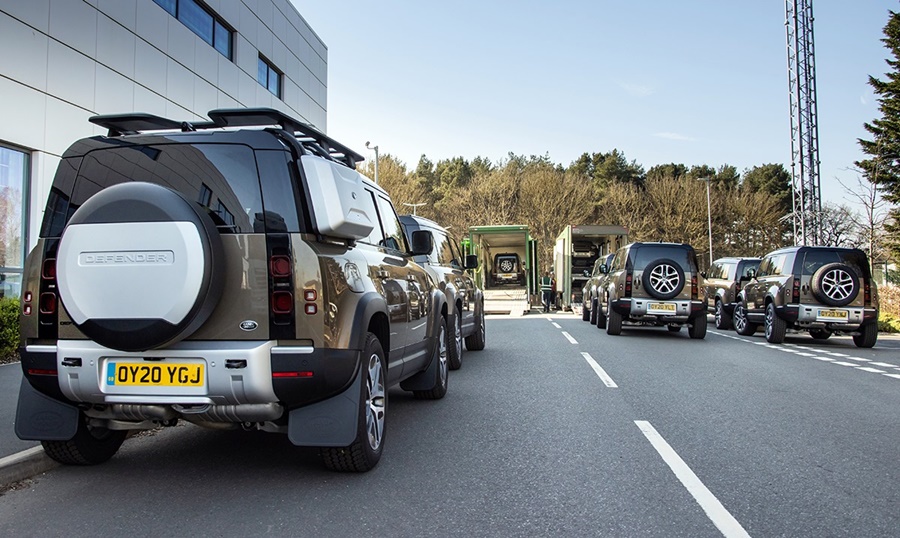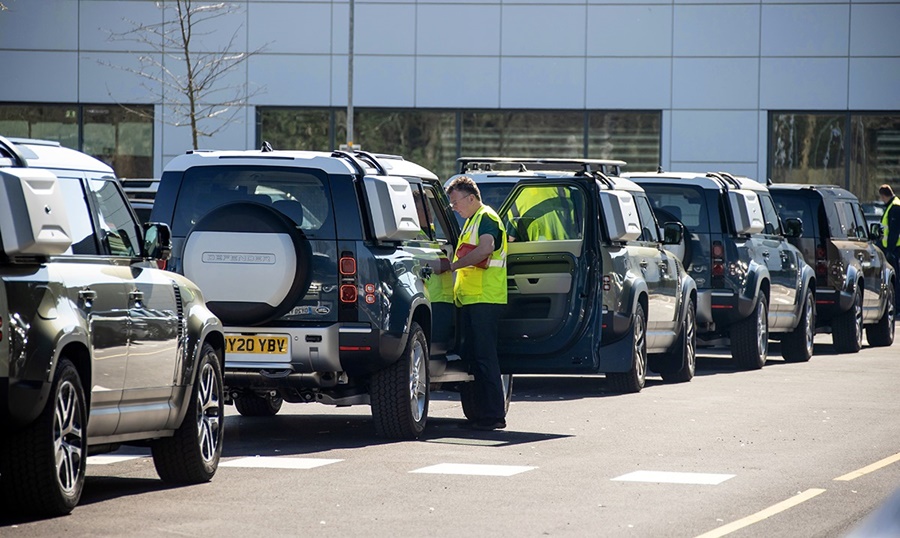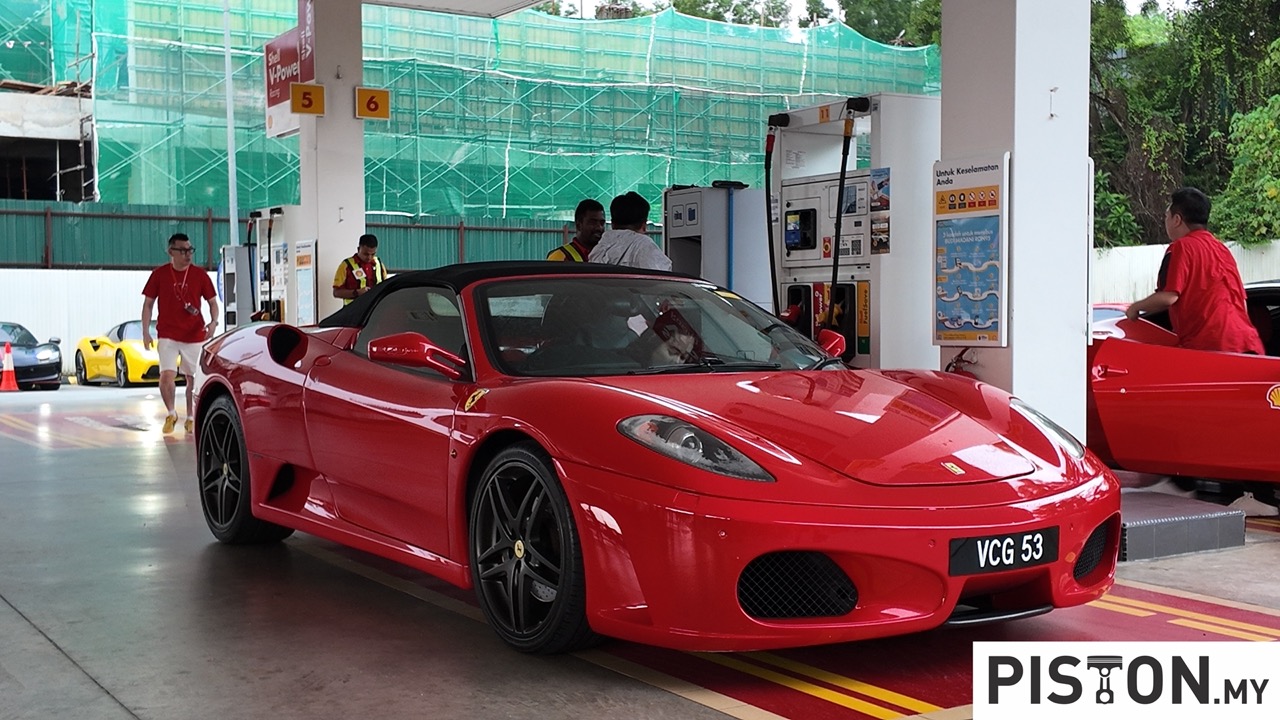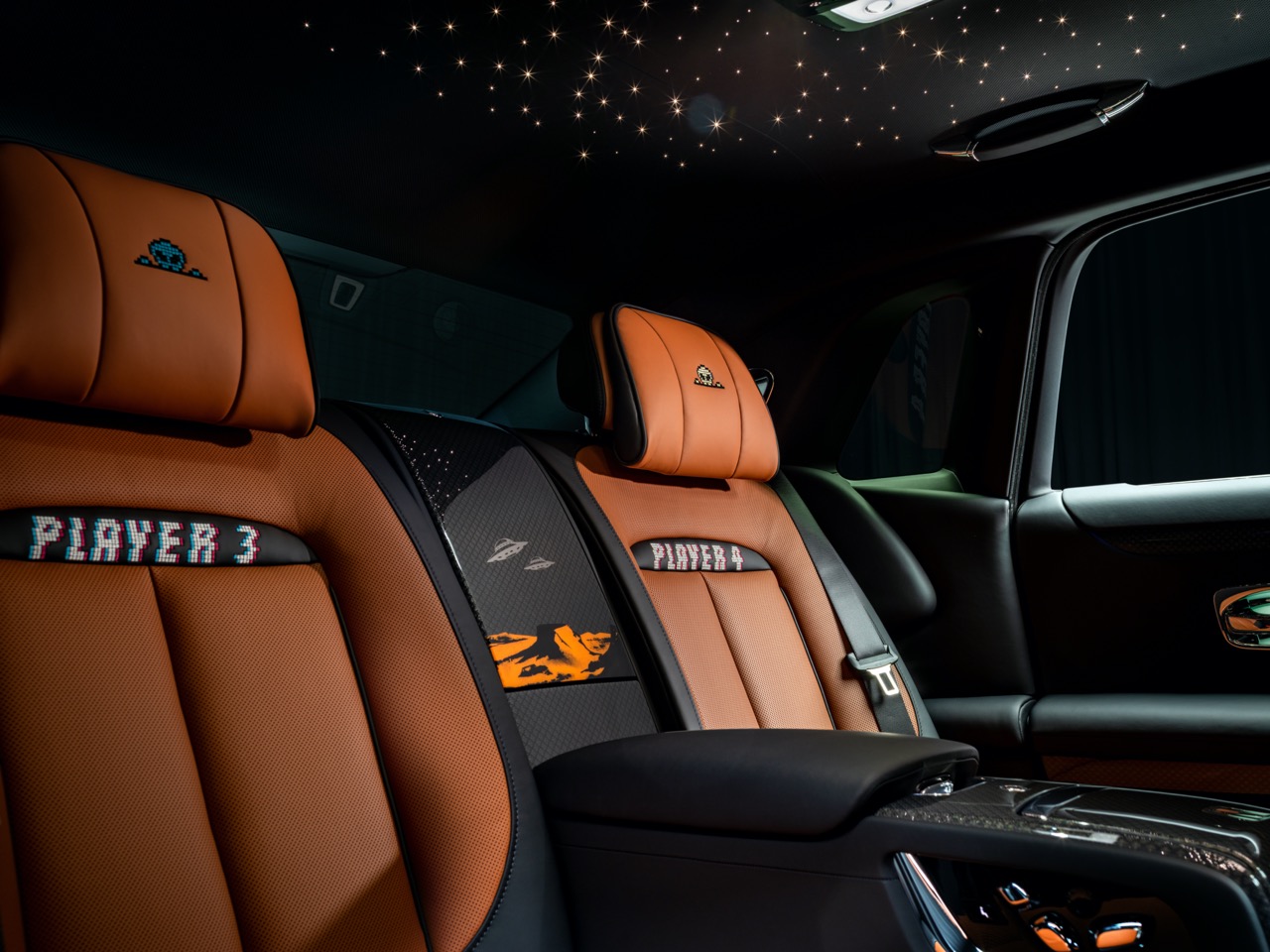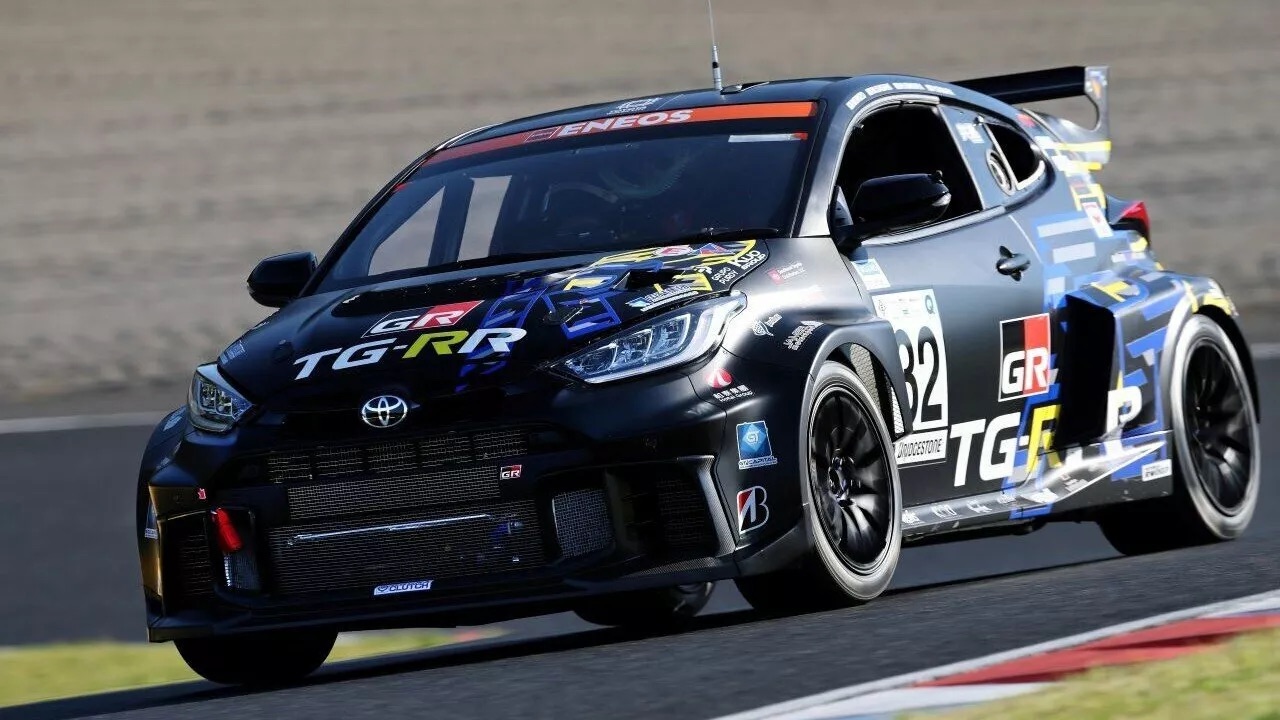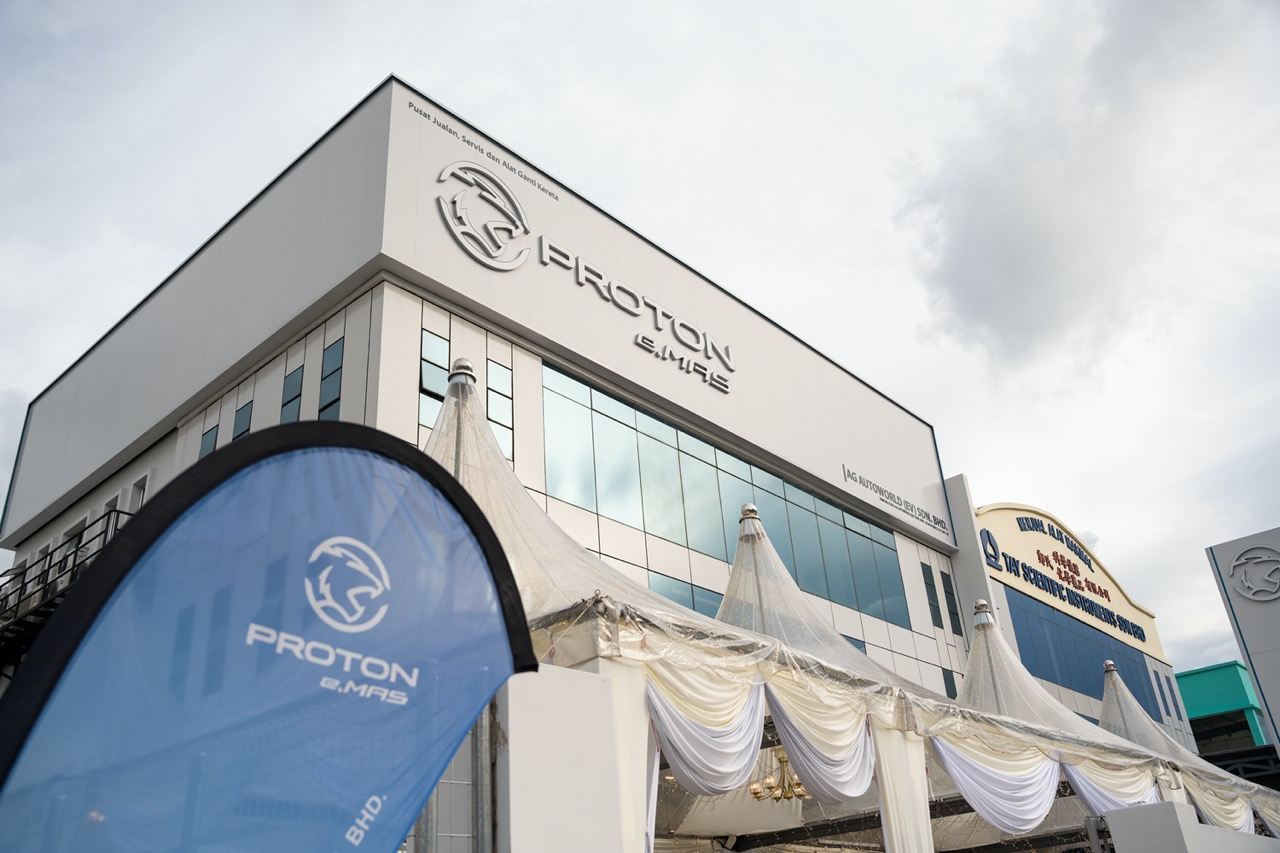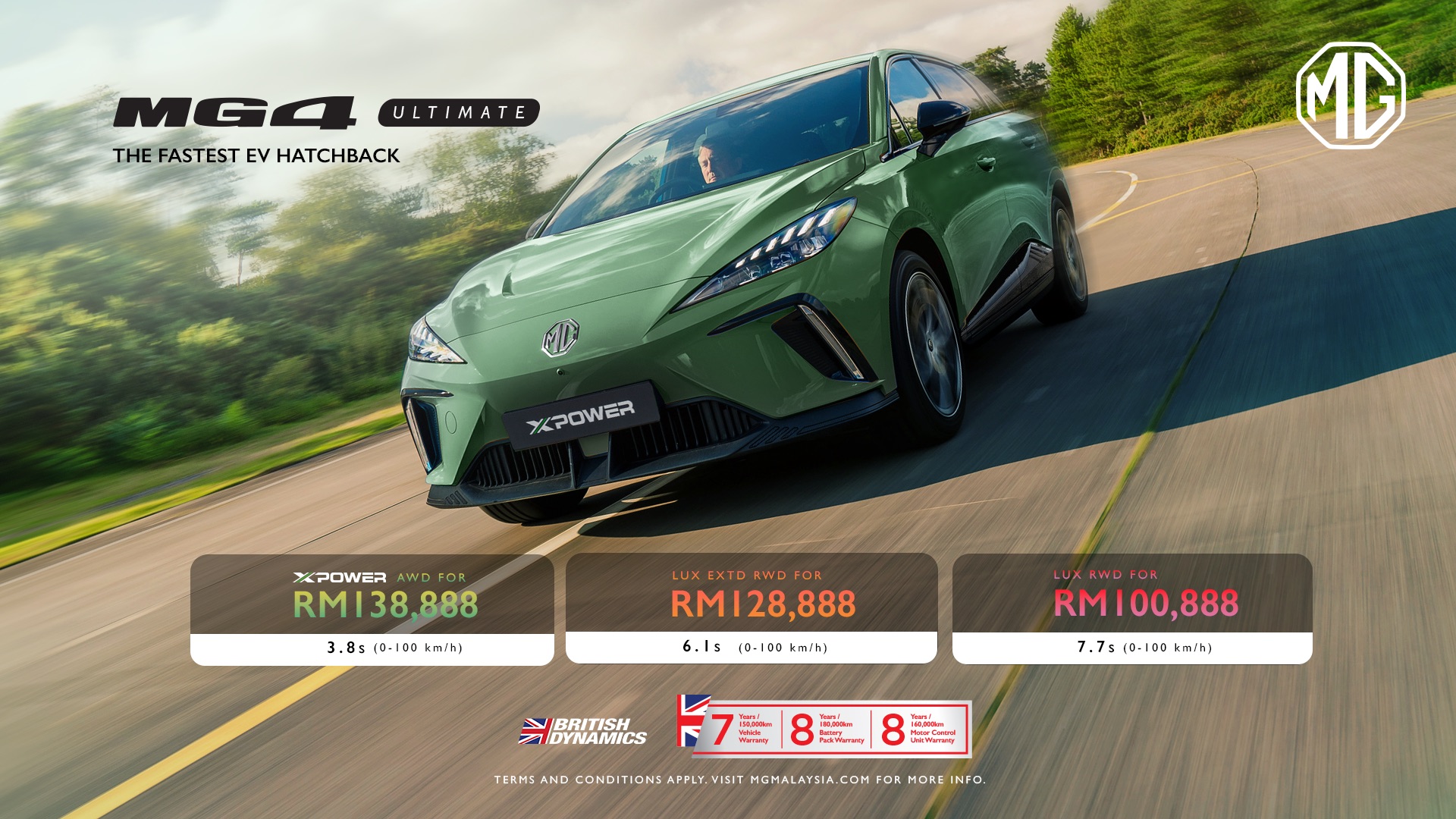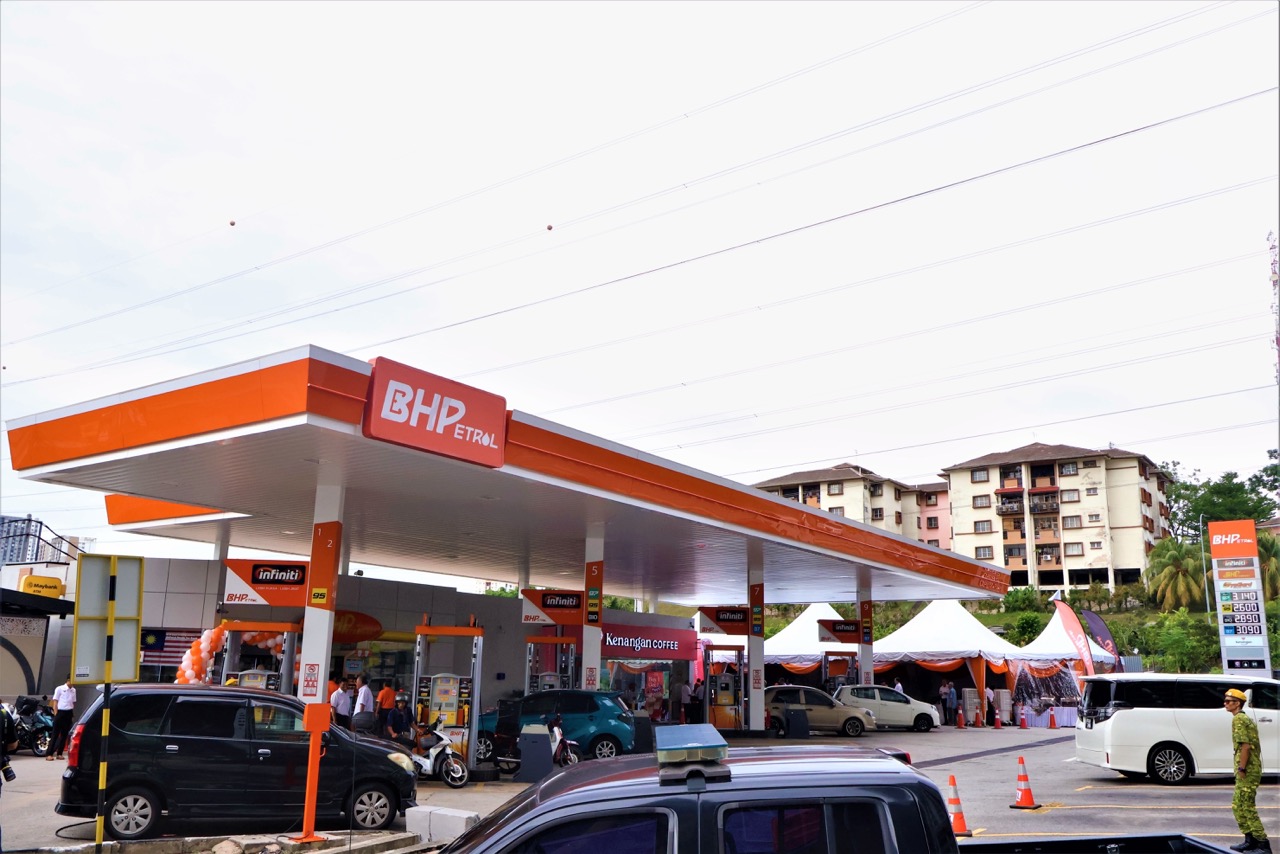Like Geely Auto, its sister company in the Zhejiang Geely Holding Group, Proton has also been contributing to the fight against the COVID-19 coronavirus. With the frontliners being the vital force in this battle, Proton has provided 50 vehicles to the Malaysian Ministry of Health for its use.
The vehicles, all Proton X70s, will primarily be used to ferry medical workers to and from work as well as to any hotspots in the country in need of urgent attention.
Meanwhile, the carmaker has also provided vehicle owners with some tips on what to do with their vehicles which may have remained unused for up to 28 days due to the Movement Control Order (MCO) which began on March 18 and is set to end on April 14.
Here are 4 tips from Proton that you can carry out at your home:
Stay charged up
While technology has progressed since the early years of automobile production, one fact remains – a vehicle engine needs to be started periodically (the recommended period is every 7 days) in order to maintain functionality. This particularly applies to the battery which stores electricity that is used to start the engine and provide electrical power to also power systems.
If the engine is not run frequently, the alternator is unable to charge the battery and it will lose its energy. To avoid this, start your vehicle’s engine and keep it running for 10 minutes to allow the alternator to recharge the battery.
Run only the engine during those 10 minutes and keep all other systems off. If your vehicle is not parked without your home compound, do remember to lock it when you have finished!
Keep the pressure up
Tyre pressures should be checked bi-weekly to ensure they are at the recommended levels. To know what the right pressure is, you can refer to the Owner’s Manual or the sticker that is usually found on inside face of the door pillar next to the driver’s seat.
Then check the pressures of all tyres using a tyre pressure gauge. If you have an X70, you can also use the Tyre Pressure Monitoring System display to see the pressures. Should the pressures be lower than recommended, go to the nearest petrol station to get them to the right pressure.
Additionally, leaving your vehicle parked in the same spot for several days could result in flat spots on your tyres. Eventually, the tyre will lose its circular shape which can cause vibrations to be transmitted through the steering wheel when driving, even on smooth roads. To avoid this, move your vehicle forwards or backwards when you’re charging the vehicle’s battery.
Remember the wipers
If your vehicle is going to be parked in the open under the sun for this extended period, it’s good practice to keep windscreen wipers lifted up. The glass can get very hot under the sun and the heat transfer from the glass as well as prolonged exposure to UV rays will cause the wiper blades to harden, making them less effective.
Keep the inside sanitized
Especially at this time, hygiene is vital and it’s a good idea to practise sanitising your hands and the surfaces you’ve touched, particularly in your vehicle. After each journey, make sure you use some disinfectant to wipe surfaces like the steering wheel, door handles, window switches and gear lever. If you have an audio system with a touchscreen, mist some disinfectant onto a soft cloth and gently wipe the surface. Take extra care not to overdo it as too much moisture could damage the vehicle’s equipment surface.
2020 Proton X70 – lower prices, extra features and now assembled in Malaysia

